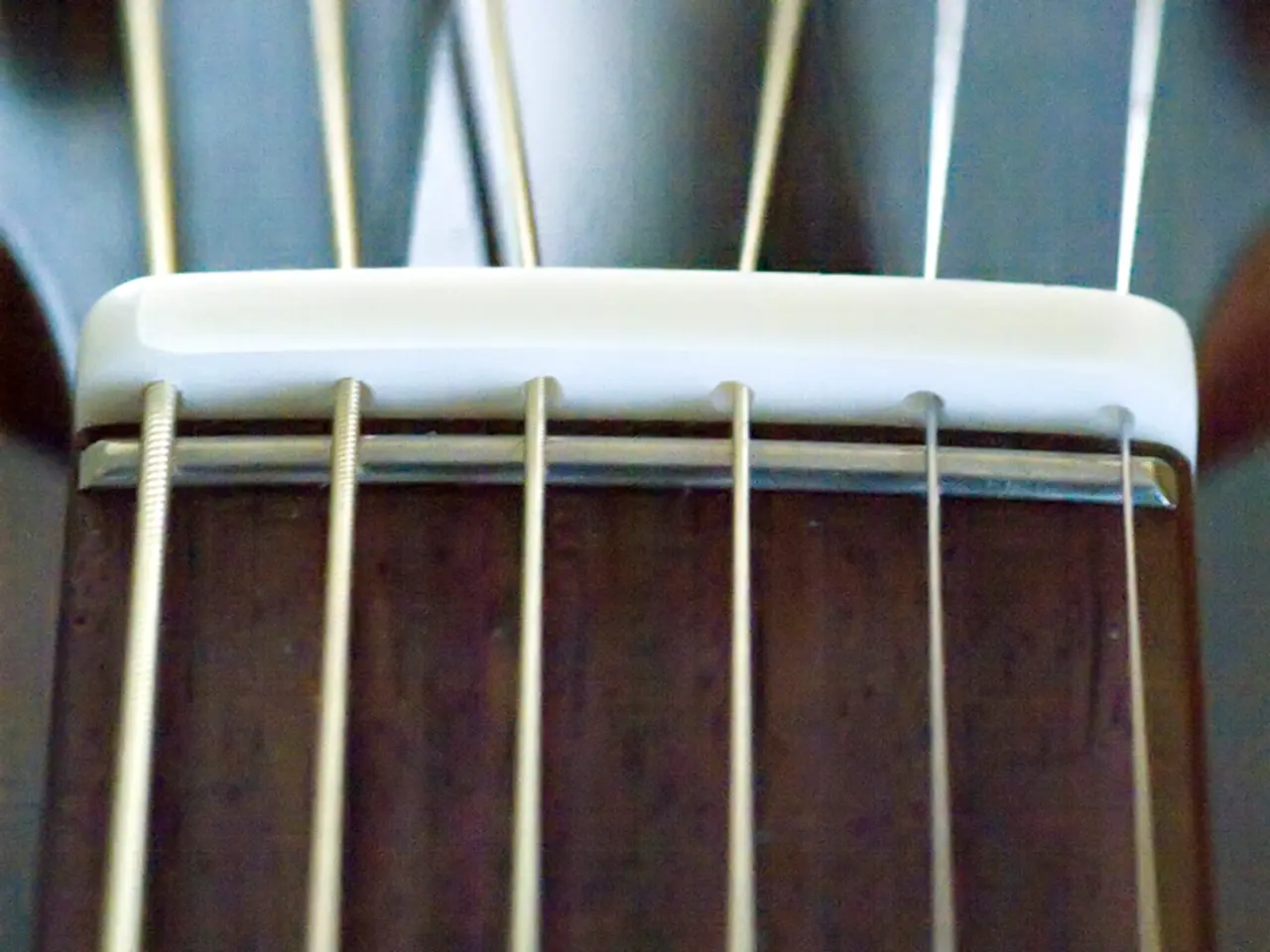Musicians Query: Understanding Suspended (Sus) Chords
Suspended chords, a staple in various genres such as jazz, fusion, and modern pop, are known for their ability to add rich harmonic color and controlled tension to music. These chords substitute the third of a traditional triad with either the second or the fourth degree of the scale, resulting in a unique, ambiguous sound.
The popularity of suspended chords comes from several features:
- Tonal ambiguity: By replacing the major or minor third with the suspended fourth, these chords sound neither major nor minor strictly, giving a more open, unresolved feel that invites interest and motion.
- Colorful extension: Adding the major seventh to a suspended chord introduces a lush, sophisticated hue beyond typical triads or basic sus chords. This tension between suspension and resolution creates a compelling harmonic flavor used often in jazz harmony and fusion improvisations.
- Flexible use with scales: They pair well with pentatonic, modal, and extended scales, providing improvisers freedom to explore melodic ideas over colorful yet stable harmonic bases. For instance, a Gmaj7sus4 can suggest Mixolydian or Lydian modes, enriching jazz and fusion contexts.
- Serving as transitional chords: These chords function beautifully as passing or embellishing chords, softening changes while maintaining momentum. Their suspended note creates mild dissonance that resolves smoothly, often preceding or replacing dominant chords in progressions.
In modern pop, these chords add subtle complexity and emotional nuance without sounding overly complex, making them accessible and evocative. The added seventh introduces a dreamier, jazz-flavored texture common in sophisticated pop arrangements and fusion styles.
Notable examples of songs that use sus2 and sus4 chords include "Pinball Wizard" by The Who and "Free Fallin'" by Tom Petty. The use of sus chords can add lushness and avoid "closure," useful in soundtrack, ambient music, and modern jazz.
In traditional progressions, sus chords often resolve to the "normal" chord. However, they are also great for delaying or preparing a cadence, keeping the listener's ear engaged.
The term "suspended" describes how these chords delay or suspend the listener's expectation of hearing the third, creating tension. The "suspended" note (second or fourth) creates a feeling of anticipation, making it an ideal choice for melodic or bass-line movement.
The structure of GM7sus can create pronounced dissonance, particularly between the suspended fourth and the major seventh. Notation isn't always consistent for GM7sus, with GM7sus, Gmaj7sus4, or even G(sus4,maj7) being used interchangeably in different contexts.
In conclusion, the GM7sus / Gmaj7sus4 chords are favored for their unique blend of sus4 openness and the major 7th’s richness, providing harmonic textures loaded with pleasant tension and color that fit naturally in jazz, fusion, and modern pop music. Understanding how sus chords work and where to use them can greatly expand a musician's creative and interpretive vocabulary.
- The unique blend of tonal ambiguity and colorful extension offered by suspended chords makes them invaluable in the education-and-self-development of musicians, allowing them to enrich their compositions and improvisations across various genres, particularly jazz, fusion, and modern pop.
- Indeed, learning how to effectively incorporate suspended chords into diverse scales, harmonies, and melodies can serve as a key component in the entertainment realm, creating engaging, evocative, and subtly complex musical pieces that resonate with listeners.




